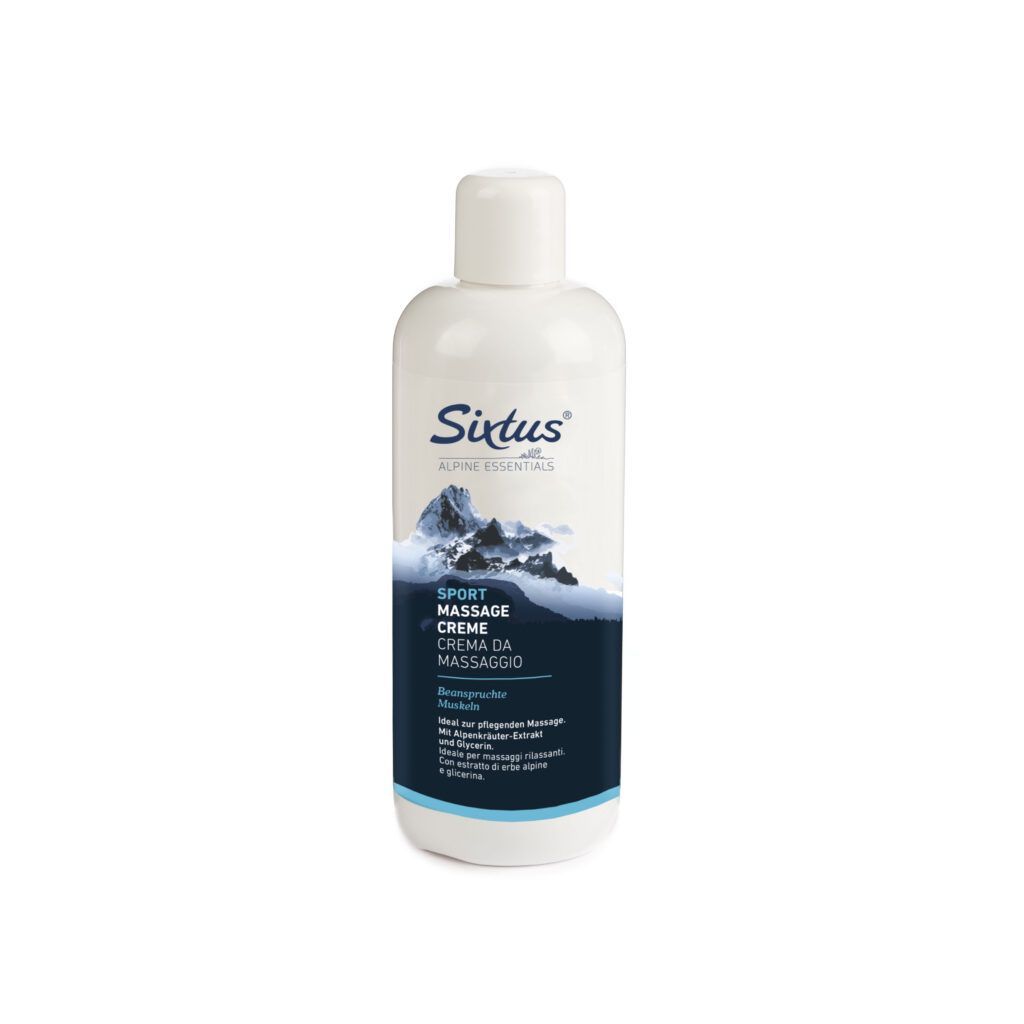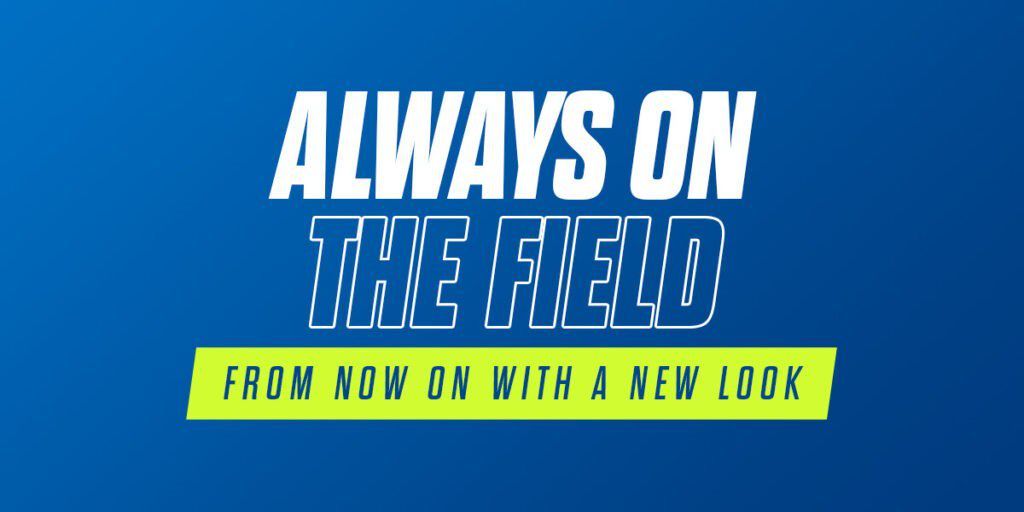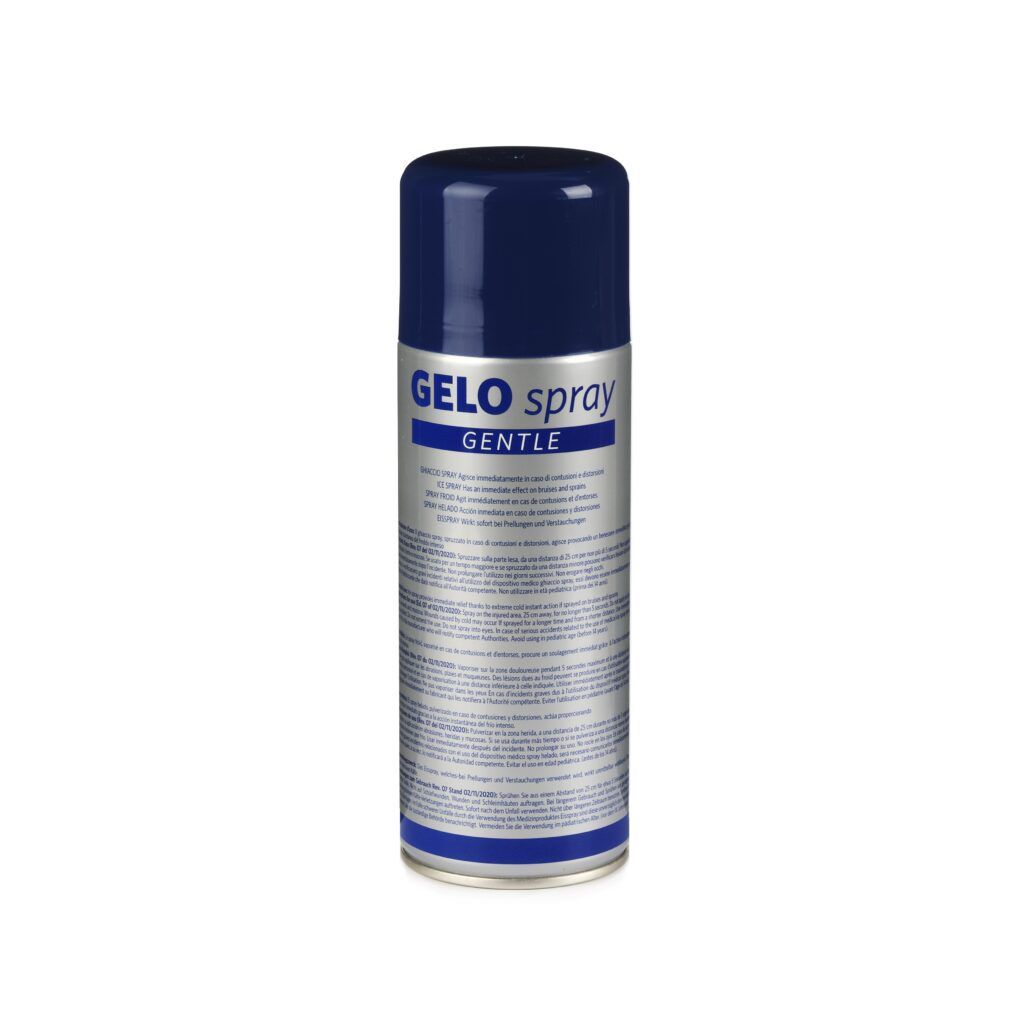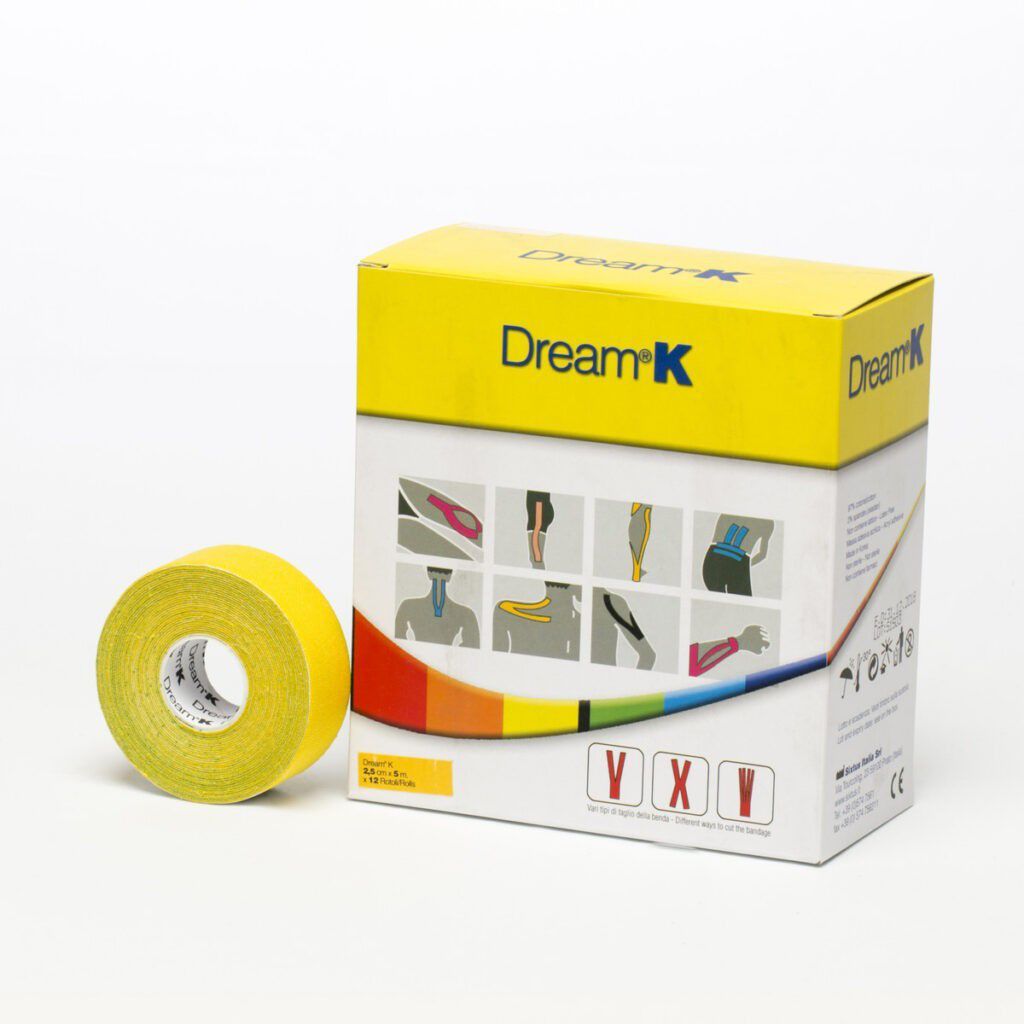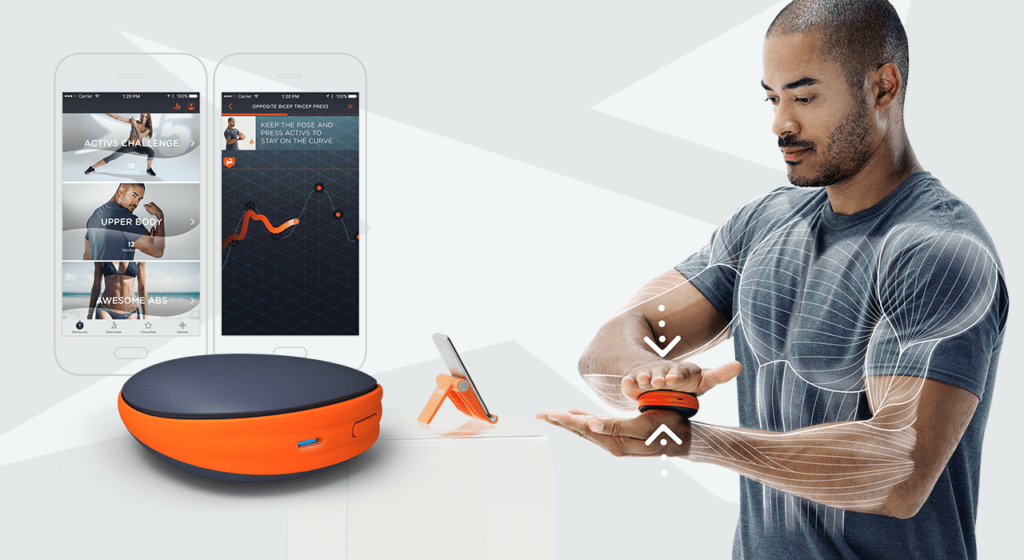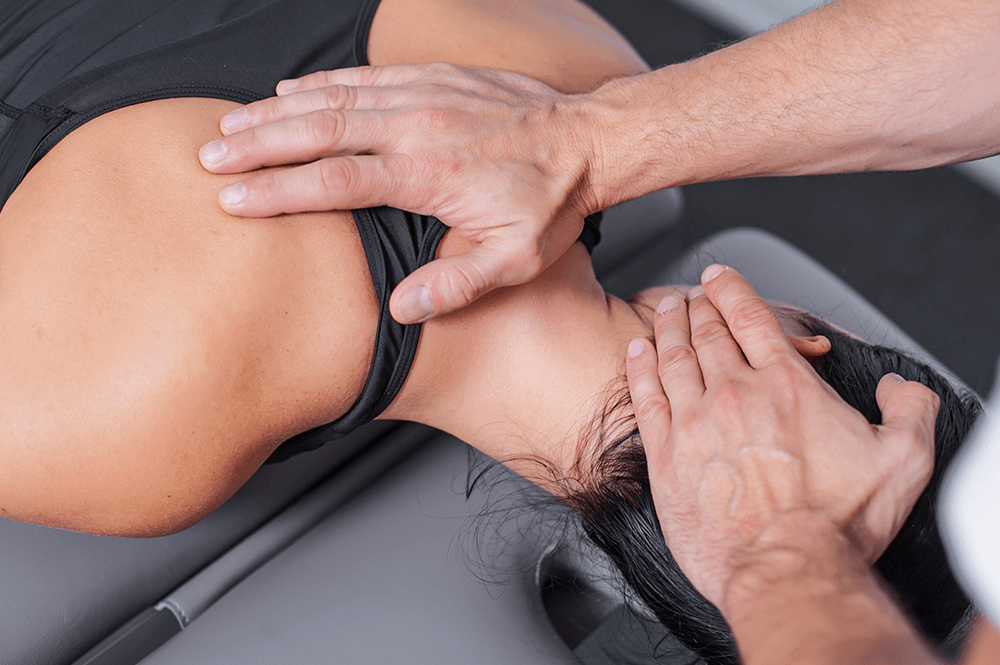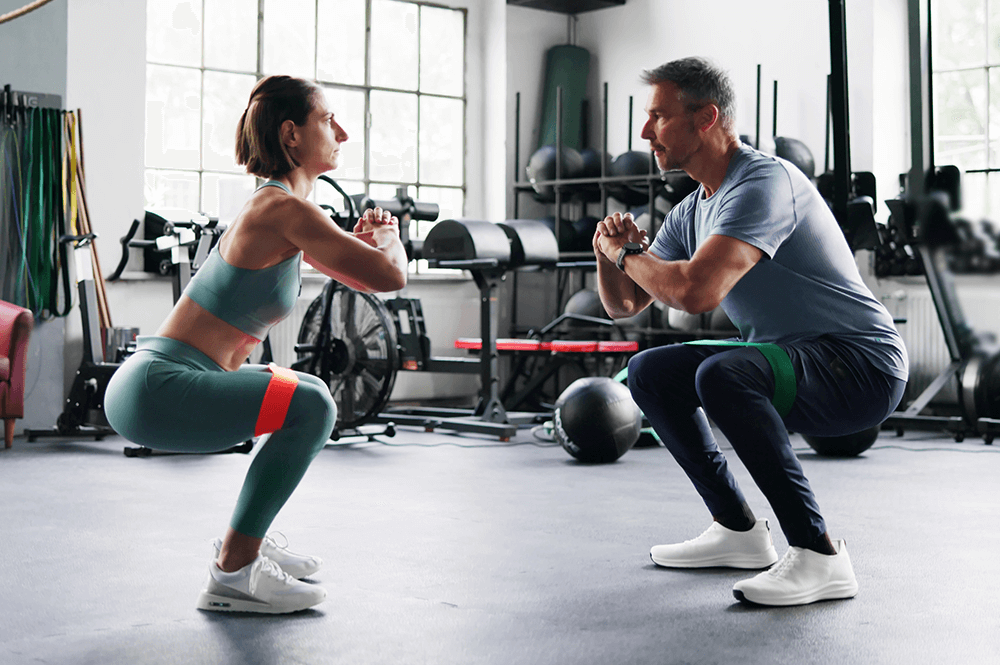Athletic preparation and recovery
Crunch on a Fitball: The Perfect Exercise for Abs
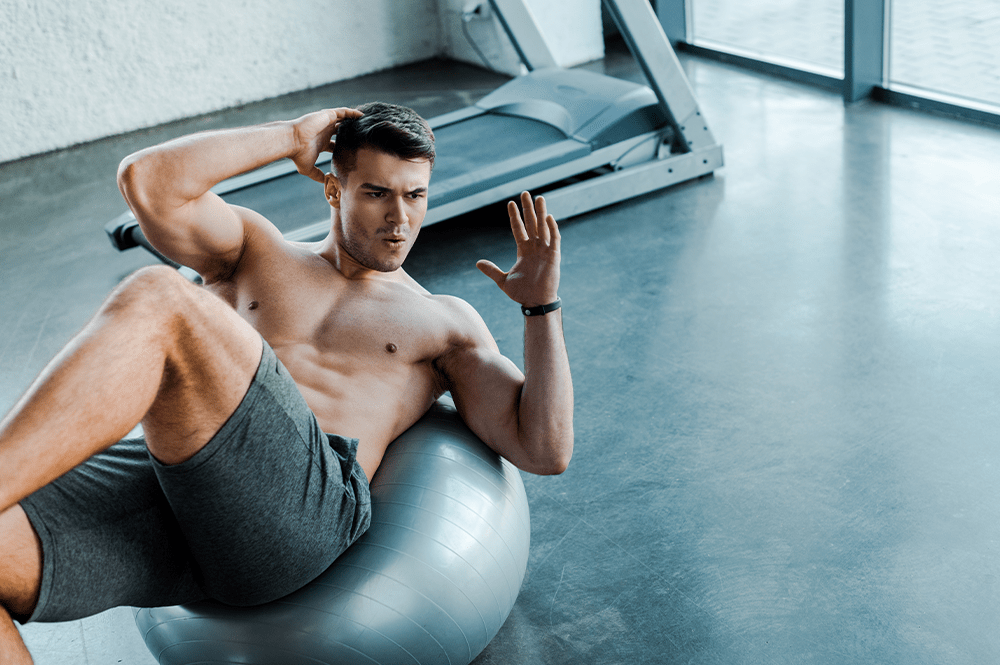
Why Use a Fitball for Your Abs
The fitball, also known as a gym ball or inflatable psychomotor ball, is a perfect tool not only for stretching but also for toning the abdomen, glutes, arms, and legs. It can be used for a variation of the crunch, a well-known abdominal exercise: this combination increases muscle activation from 24% with the classic exercise to 38% with the use of the fitness ball.What is a Crunch?
The crunch is one of the most commonly used exercises for the abdominal muscles: through these movements, the oblique muscles and pelvic muscles are also trained, activating most of the trunk muscles. Besides being very well-known, it is also quite simple to perform, so it's important to do the repetitions correctly and not underestimate its execution to avoid overloading the back and neck, preventing more or less serious injuries. To perform the classic crunch, lie on the floor with your back and feet flat on the ground, hip-width apart, and your knees bent. Exhale, contract your abs, and lift the upper body; inhale and return to the starting position. It's important to do the movement slowly and in a controlled manner, so as not to excessively strain the upper back and neck.How to Do Crunches on a Inflatable Ball
An evolution of the classic crunch is the one performed with a fitball, the Pilates ball, which is used in workouts for exercises aimed at toning not only the abdomen but also the glutes, legs, and arms. Crunches and fitball, in fact, are a formidable combination for:- Optimizing results;
- Protecting the back and neck;
- Strengthening the back muscles.
What to Pay Attention To
There are also some small precautions to consider when deciding to do crunches with the Pilates ball: hands behind the head could overload the neck. Therefore, it is important to remember that the hands do not exert pressure but simply accompany the movement.Other Useful Exercises to Do with a Fitball
There are other Inflatable Ball exercises to perform related to the abs, muscle strengthening of other body areas, and balance. A perfect exercise for the abs, especially the obliques, is to position yourself sideways, resting on the fitball under the armpit, with your legs extended one in front of the other; hands crossed behind your head. Flex the torso to activate the oblique abdominal muscles, exhaling as you flex and inhaling as you lower. To strengthen glutes and abs, you can opt for the Glute Bridge, an exercise that tones the glutes and hamstrings: position yourself with your back on the ground and place the soles of your feet on the inflatable ball. Push your feet on the ball towards the ground and lift your glutes, performing the bridge, paying particular attention not to arch your back. Other fitball exercises can target the inner thighs and legs or the arms and chest:- Inner Thigh and Leg Exercise with Inflatable Ball: Keeping your back on the ground, place the ball between your legs at the ankle level. Raise your legs to 90 degrees and squeeze the ball between your legs, keeping your feet flexed. From this position, exhale while extending your legs and inhale while returning to the starting position.
- Arm and Chest Exercise with Inflatable Ball: With your back on the ground and legs bent, hold the ball with your hands and extend your arms so that their muscles are active. Perform an arm flexion to bring the ball towards your chest, keeping your abs contracted and your back flat on the ground.

